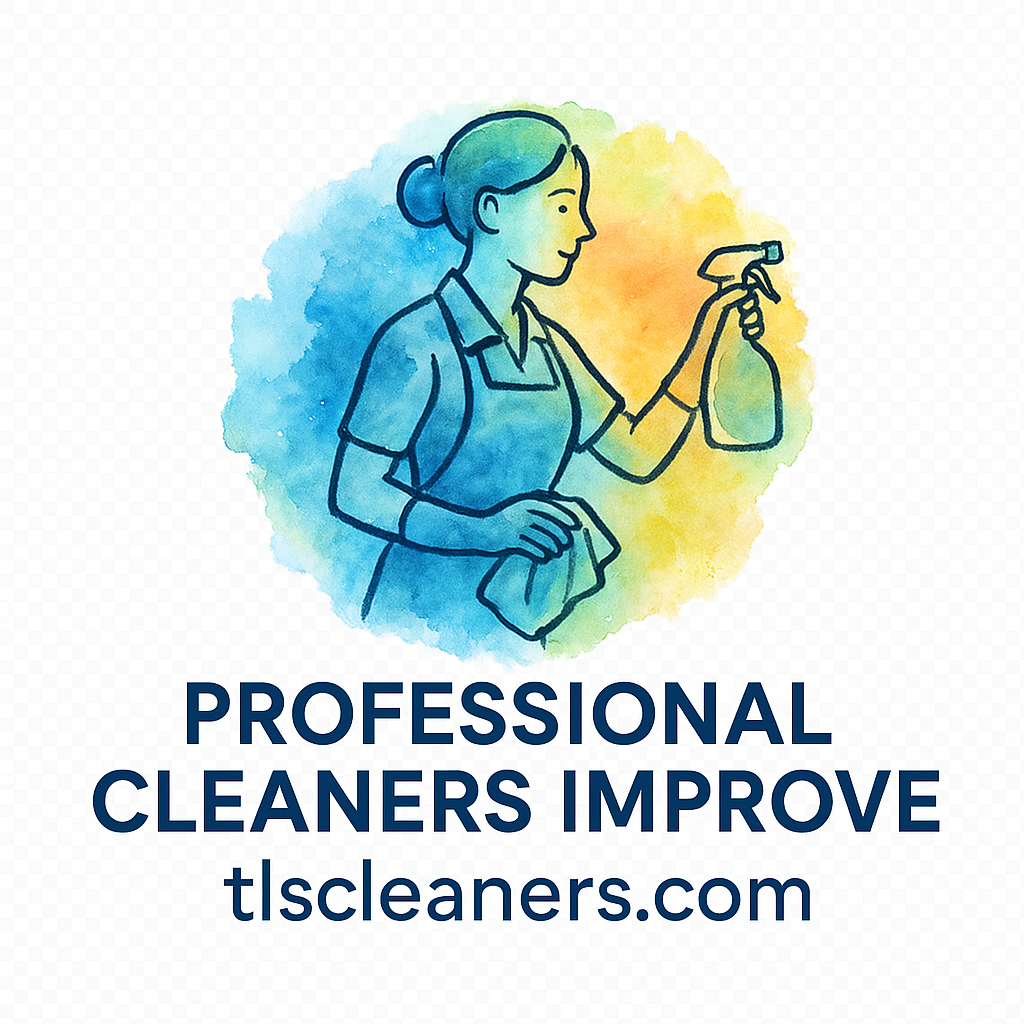Keeping your home clean isn’t just about dusting and vacuuming—it’s also about managing life’s little messes. We all deal with accidental coffee spills, muddy paw prints, food drips, and the occasional mysterious spot that appears out of thin air. The good news? You don’t need to be a professional cleaner to tackle these problems effectively.
In this guide, we’re diving into 8 common stains cleaners remove with ease—and you can too. We’ll talk through why certain stains stick, the best techniques to remove them, and how to handle surfaces safely. Whether you prefer store-bought cleaners, DIY solutions, or eco-friendly cleaning methods, you’ll find something here that works for your home.
Understanding the Basics of Stain Removal
Before we jump into specific stains, it’s useful to know why stains happen in the first place.
Why Stains Set and Become Harder to Clean
Stains stick because they bond with surface fibers. Heat, time, and friction make this bond stronger. That’s why quick action matters—even a few minutes can make a big difference.
Tools You Need Before You Start
You don’t need a cleaning supply closet that looks like a hardware store. A few basics go a long way:
- White vinegar
- Baking soda
- Mild dish soap
- Hydrogen peroxide (3% solution)
- Microfiber cloths
- Soft-bristle brush
- Spray bottles
For eco-friendly cleaning, consider plant-based cleaners like those highlighted in:
👉 https://tlscleaners.com/eco-friendly-cleaning
Eco-Friendly Alternatives for Safer Cleaning
If you have kids or pets, harsh chemicals aren’t always ideal. Luckily, many stains respond beautifully to natural products like:
- Lemon juice
- Baking soda paste
- Vinegar solutions
These options are highlighted often in DIY cleaning resources:
👉 https://tlscleaners.com/cleaning-tips-diy
1. Coffee & Tea Stains
What Causes Coffee Stains to Stick?
Coffee and tea contain tannins—organic compounds that cling to porous surfaces like fabric and ceramic.
Step-by-Step Removal Techniques
- Blot the spill immediately (don’t rub).
- Mix 1 teaspoon dish soap + 1 cup warm water.
- Apply and gently work in circular motions.
- Rinse with cool water.
- Repeat if necessary.
Best Surfaces to Treat Immediately
- White shirts
- Light upholstery
- Carpet
For residential cleaning help if stains keep returning:
👉 https://tlscleaners.com/residential-cleaning
2. Red Wine Stains
Why Red Wine Stains Are So Tough
Wine contains dyed pigments and tannins. Once it dries—it spreads.
Home Remedies That Work Fast
- Dab, don’t rub.
- Cover stain in salt to absorb moisture.
- Rinse with cool water.
- Follow with vinegar + baking soda paste.
3. Grease & Oil Stains
How Grease Bonds to Surfaces
Grease is hydrophobic, meaning it repels water. That’s why wiping with water alone makes streaks.
Degreasers vs. Natural Solutions
Try:
- Dish soap (cuts grease on clothing and counters)
- Cornstarch (absorbs oils before washing)
For restaurants, offices, or commercial kitchens:
👉 https://tlscleaners.com/commercial-cleaning

4. Ink Stains
The Science Behind Ink Pigmentation
Many inks contain alcohol-based dyes that spread quickly.
Fast Removal Before Ink Sets
Use:
- Rubbing alcohol
- Hair spray (old-school but effective)
- Acetone (only on non-delicate surfaces)
5. Blood Stains
Why Temperature Matters
Hot water cooks proteins into fibers—use cold water only.
Simple At-Home Cleaning Method
- Rinse with cold water.
- Dab hydrogen peroxide gently.
- Blot dry.
6. Pet Stains & Odor
Pet Stains Are More Than Just Spills
They carry bacteria and odor-forming compounds.
Enzyme Cleaners and DIY Remedies
Enzyme cleaners break down odor-causing molecules. This is essential in pet-safe cleaning:
👉 https://tlscleaners.com/tag/pet-safe
7. Mud & Dirt Stains
Why Mud Gets Worse When You Scrub
Mud contains fine sediment—rubbing pushes it deeper.
Two-Stage Cleaning Technique
- Let mud dry completely.
- Brush off excess.
- Use soap + warm water to lift remaining dirt.
For seasonal and outdoor messes:
👉 https://tlscleaners.com/tag/seasonal
8. Food Sauce Stains (Tomato, Soy, Mustard)
Understanding the Acid & Dye Components
Tomato sauces contain red pigments that easily stain fabrics and plastic containers.
Quick Spot Cleaning Tips
- Blot first.
- Apply dish soap + warm water.
- Let sit for 5–10 minutes.
- Rinse and repeat.
When Should You Call Professional Cleaners?
Even when you know how to remove stains, sometimes they’re too deep or too old.
Commercial Cleaning
Helps with offices, restaurants, rentals, and post-events.
👉 https://tlscleaners.com/tag/commercial-services
Residential Deep Cleaning
Keeps your home fresh, healthy, and spotless.
👉 https://tlscleaners.com/tag/residential-cleaning
Conclusion
Stains don’t have to be stressful. Once you understand why stains set and which cleaning techniques work best, you can remove nearly any mess at home. Whether it’s coffee, wine, grease, or mud, these common stains cleaners remove every day—and now you can too.
Remember: Act fast, blot gently, and choose the right cleaner for each stain.
FAQs
- What’s the fastest way to remove a fresh stain?
Blot immediately, don’t rub, and use mild soap with cool water first. - Can all stains be removed completely?
Not always, but early treatment dramatically improves success. - Are natural cleaning products effective?
Yes—especially for everyday household stains. - What if a stain has already dried?
Rehydrate it with warm water or rubbing alcohol before cleaning. - Can vinegar remove tough stains?
Yes, but avoid using vinegar on natural stone surfaces. - How do I make my home smell fresh after stain cleanup?
Try ventilation, baking soda odor absorption, or fresh scents cleaning solutions. - When should I call a professional cleaner?
If stains are old, large, smelly, or keep reappearing—professional cleaning services can help.

